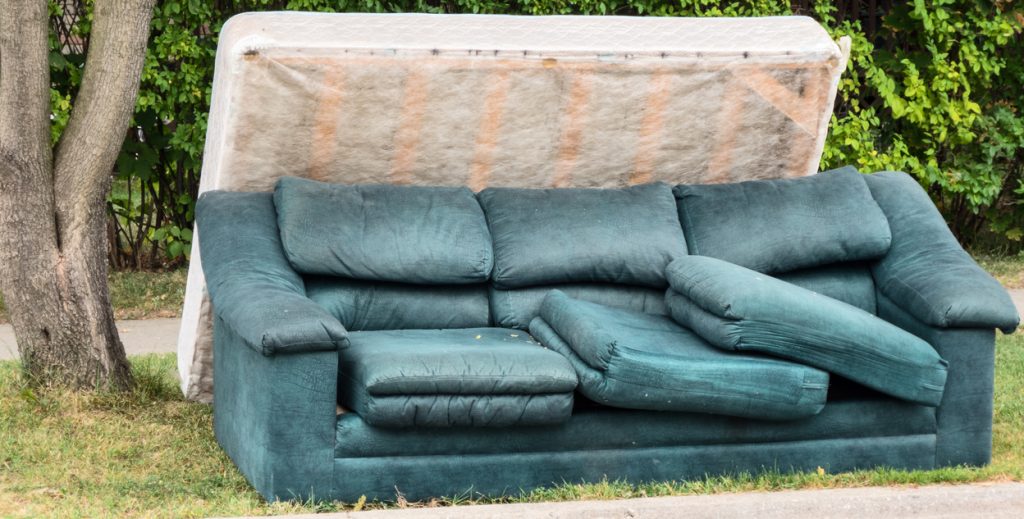What are the main sources of Persistent Organic Pollutants?
Pollution and hazardous waste come in many forms these days, and as one of the leading companies collecting and safely disposing of all kinds of hazardous waste in and around Essex and Suffolk, we come across much of it on a regular basis.
An increasing problem across the globe is that of Persistent Organic Pollutants (POPs), and when it occurs it’s a situation that needs to be dealt with urgently. That’s because it can have a serious negative impact not just on the environment, but also directly on the health of any people and wildlife affected. POPs are a relatively recent phenomenon, having become a major issue as a result of the rapid global industrialisation that has happened since the end of the Second World War.
But what are Persistent Organic Pollutants, where do they come from, and can CSH Environmental help if you have an issue with them?
What are Persistent Organic Pollutants?
If you’re not sure what Persistent Organic Pollutants are, it’s actually quite easy to work it out just from the name.
The obvious bit is the ‘Pollutants’ part, in that they pollute the environment when released into it.
They are ‘Persistent’ because once they are in the environment (or our bodies), they can linger there for several years before breaking down, meaning that they represent an ongoing hazard once present.
And they are ‘Organic’ because they are chemicals formed of organic (i.e. carbon-based) compounds and mixtures.
Once they get into the environment, POPs can circulate globally on wind and water currents, and as they enter the food chain they tend to accumulate in greater quantities in those at the top of it, such as mammals, fish and humans.
POPs are highly toxic even in small amounts, and can cause death, cancer, damage to the nervous system and disruption to the reproductive and immune systems, among many other things.
Where do Persistent Organic Pollutants come from?
By 1995, the United Nations Environment Programme had identified 12 major sources of POPs – these were mostly:
- Pesticides, such as DDT
- Industrial chemicals, such as polychlorinated biphenyls (PCBs)
- Unintentional industrial byproducts, such as dioxins
However, the list has since been expanded as a result of the Stockholm Convention on Persistent Organic Pollutants in 2001.
Having carried out a major survey, the Environment Agency has recently confirmed the widespread presence of “very large quantities” of POPs (and other hazardous chemicals) in upholstered domestic seating, which it specifies is likely to include things such as “sofas, sofa beds, armchairs, kitchen and dining room chairs, stools and foot stools, home office chairs, futons, bean bags, floor, and sofa cushions”. This discovery will have a significant impact on how waste disposal companies such as CSH Environmental handle and deal with such items.

Persistent Organic Pollutants disposal
Given what they can do and where they are found in our environment, it’s essential that POPs are removed immediately so that the potential for any damage is kept to an absolute minimum.
Recent government guidance is that all upholstered domestic seating should be treated as though it contains POPs unless there is evidence to show otherwise. This means that it cannot go to landfill, or be reused or recycled. Instead, it needs to be incinerated at an appropriately authorised Industrial Emissions Directive Chapter 4 compliant permitted incinerator (or used as a fuel – in a cement kiln, for example). And because this waste seating will usually be shredded before disposal, further measures should be taken to ensure that no POPs are released in this process.
It is essential, therefore, when getting rid of these kinds of items, that you are 100% sure that a properly licensed business will be managing it and disposing of them in a responsible and legally compliant way. Unfortunately, what this means is that CSH Environmental is unable to accept materials containing POPs (such as waste domestic seating) unless it can be certified POPs-free by the customer.
At CSH Environmental, we specialise in the collection and safe disposal of many kinds of hazardous waste, from liquid and clinical waste to asbestos and contaminated soil. With over 40 years of experience handling and managing the waste of clients in and around Colchester, Chelmsford and Ipswich, we have the knowledge, the training, the equipment and all the necessary licences and accreditations to ensure an effective and satisfactory result every time.
Discover more about our hazardous waste disposal services by getting in touch now with the professional team at CSH Environmental.
back to latest news